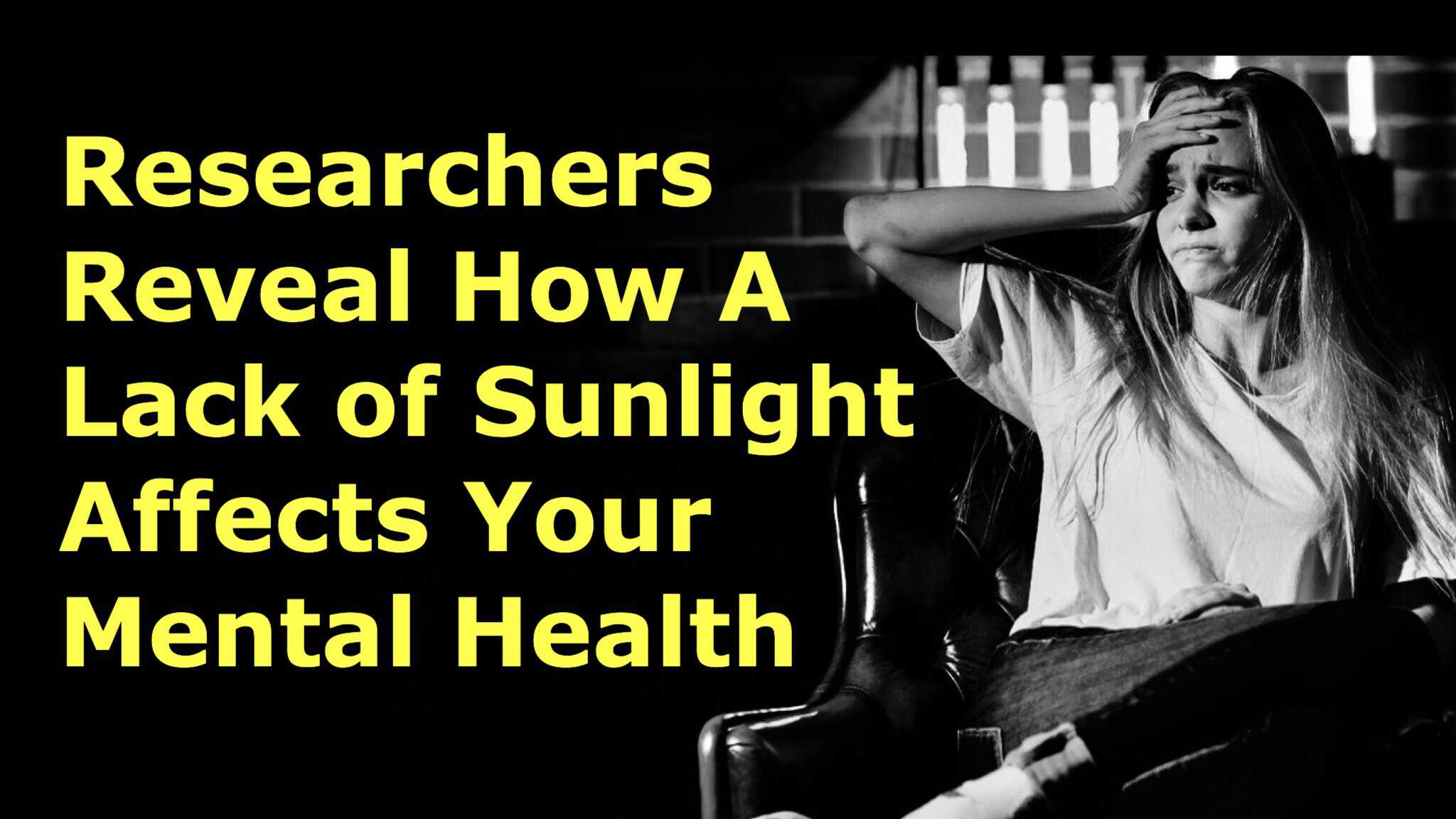“These (study) findings suggest the need for institutions and public health entities to plan for intervention and prevention resources and strategies during periods of reduced sun time.” – Journal of Affective Disorders
We’ve instinctively known that the sun affects mood for some time, haven’t we? Of course, one of the first things most people do in the morning is glimpse outside. And, when it’s raining, we feel kind of bummed out. However, when the sun shines? Then, we just feel good.
There is a scientifically-proven explanation for why we think differently depending on the weather. In numerous studies, scientists have linked reduced sunlight with increased levels of depressive symptoms. Seasonal affective disorder (SAD) is an excellent example of this link. Per the Mayo Clinic:
Seasonal affective disorder (SAD) is a type of depression that’s related to changes in seasons…most people with SAD (have) symptoms (that) start in the fall and continue into the winter months, sapping your energy and making you feel moody. Less often, SAD causes depression in the early spring or early summer.
Other studies have linked events like Daylight Saving Time to increased rates of depression. In fact, weather conditions link to increased risk of sleep disturbances, stroke, and even erratic driving behavior.
So…all sorts of research studies have been done linking weather to changes in mental health.
However, a 2016 study undertaken by professors at Brigham Young University (BYU) may be the most convincing one yet. Turns out that sunlight affects our emotional and mental health more than any other factor in the environment.
Studies Reveal How Sunlight Affects Your Mental Health
Dr. Mark Beecher, clinical professor of psychology at BYU, was determined to discover the degree to which sunlight duration (i.e. sunrise to sunset) affects mental health. Moreover, it raised new queries. Questions asked: Is sunlight more impactful than rain? Clouds? Pollution? Temperature? How much of an impact? Can any other environmental factor be attributed to an adverse mental health condition?
According to the research, published in the Journal of Affective Disorders, the research team elaborates on the study’s purpose. In it, they noted the inconclusive results derived from similar studies:
“The current study aimed to examine a range of weather and atmospheric phenomena and their association with time-bound mental health data.”
To examine this association, Dr. Beecher and his team researched and analyzed the following information and data from BYU’s Counseling and Psychological Services Center:
– Archived self-reported mental health therapy data of 16,452 student adults
– 6 years of “therapy distress measures” across 19 weather/pollution variables (the “range of weather and atmospheric phenomena”)
– Weather condition data during each of the 16,000-plus visits
Perhaps the most important information used in the study were the mental health questionnaires that each student was required to fill out before every visit.
The questionnaires were designed to gauge the student’s mental state on that particular day.
To this end, Beecher and his team compared the dates of each questionnaire with detailed weather data from the time and date of each student’s visit. For example, if a student visited a therapist at noon on Monday the 15th, Beecher extracted detailed weather data for noon on Monday the 15th.
With help from his colleagues, Dr. Beecher was able to include the all-important weather-related statistics (e.g. pollution levels, temperature). And, all of the data collected for each of the 19 weather variables were analyzed for a potential correlation with emotional distress.
The final analyses led to some interesting conclusions. Indeed, some outcomes surprised even Dr. Beecher himself.
Study Findings
The team made several key observations during the study. And, each of which confirmed the analyzed data. Among the data analyzed were the 19 environmental factors. That includes those variables that, anecdotally, we often chalk up to changes in temperament:
- rainfall
- temperature
- wind chill
- cloud cover (overcast).
First, seasonal changes in sun time (i.e. sunrise to sunset) strongly correlated with the students self-reported emotional and mental states. Second, the relationship between sun time and adverse mental health conditions (e.g. anxiety and depression) is stronger than any other weather or pollution variable.
The Conclusion
One conclusion reached by the study that rebuffs common perception is the idea that gloomier conditions are more likely to induce a more depressive state. “That’s one of the surprising pieces of our research,” Dr. Beecher states. “On a rainy day or a more polluted day, people assume that they’d have more distress (harmful stress). But we didn’t see that.”
Finally – of all the 19 environmental factors studied – none showed any notable correlation with increased levels of emotional distress. This trend remained consistent throughout the study, provided that adequate sunlight time was present.
Related article: These Things Happen To Your Body When You Don’t Get Enough Sun
In addition, Dr. Beecher elaborates a bit on this somewhat surprising observation: “One way to interpret the finding that the other weather and pollution variables did not have a significant impact on mental health is that people and clients are resilient and adaptive.”
Still, Dr. Beecher believes that we must pay more attention to the weather’s ability to affect mental health adversely. He cites the fact that Seasonal Affective Disorder can cause severe depression to illustrate this need.


















